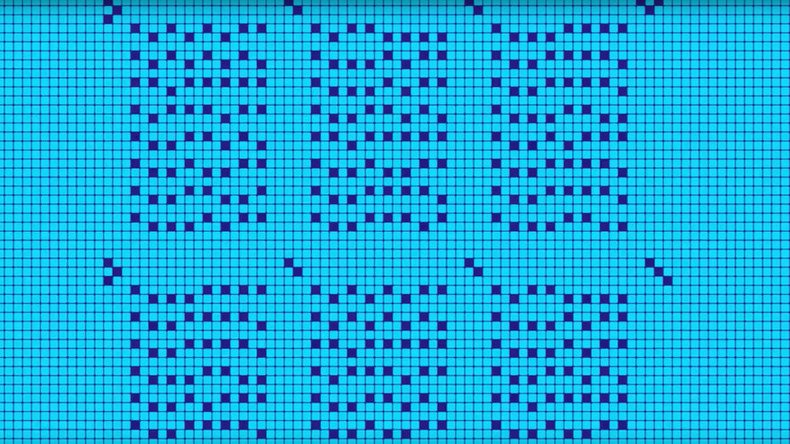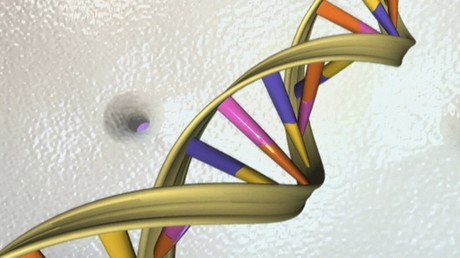Scientists create 'world's smallest hard disk' with 500x more storage space than best hard drive

Dutch scientists have created the world's smallest hard disk by manipulating chlorine atoms in order to store a kilobyte of data on a microscopic storage drive. The invention means every book ever written could be stored on an itty-bitty device.
The team at Delft University's Kavli Institute of Nanoscience wrote 1 kilobyte (8,000 bits) of data in an area just 96 nanometers wide and 126 nanometers tall. The tiny hard disk proved to be 500 times better than the best hard drives currently on the market.
"In theory, this storage density would allow all books ever created by humans to be written on a single post stamp,” lead researcher Sander Otte said in a statement.
But creating such a remarkable device was anything but easy. Instead, it involved the rearranging of tiny chlorine atoms on a copper surface, resulting in a square grid.
When an atom was missing, a hole appeared. Using a tactic known as binary switching, the team used the sharp needle of a scanning tunneling microscope, making it possible to probe the atoms individually and drag individual atoms towards the holes.
It's a concept similar to that of a sliding puzzle.
“Multiple holes can be dragged into a specific arrangement to form bits, letters, words, all the way to an entire text. Holes can also be combined to form markers indicating, for example, if a sector is broken due to an atomic defect,” a YouTube video posted by Otte explains.
“Using these procedures, the Delft team managed to construct a full kilobyte, comprising 8,000 atomic bits. This is by far the largest atomic structure ever built by humans,” the video continues.
But the invention does have its limitations – although the device is top of its class for storage capacity, it lags behind the competition in read/write speed.
“However, I foresee no physical boundaries that will prevent us from speeding up these processes to similar speeds that are currently seen in [hard disk drives]. It will be a technological challenge for sure, but in terms of physics it should work," Otte told Gizmodo.
The memory also needs to be in an ultra-clean vacuum environment and at very low temperature of -196° Celsius (-321° Fahrenheit).
But Otte and his colleagues are confident the device is a step in the right direction, and the technology “can be further developed to be used outside the laboratory.”
And even if the technology cannot be modified to operate at higher temperatures, Otto said that "it would not be inconceivable to have data storage solutions at nitrogen temperatures in larger data centers."
"Many MRI scanners in hospitals are kept at helium temperature permanently, so in that sense it is not as extreme as it may sound at first," he added.
The research was published in the journal Nature Nanotechnology on Monday.













